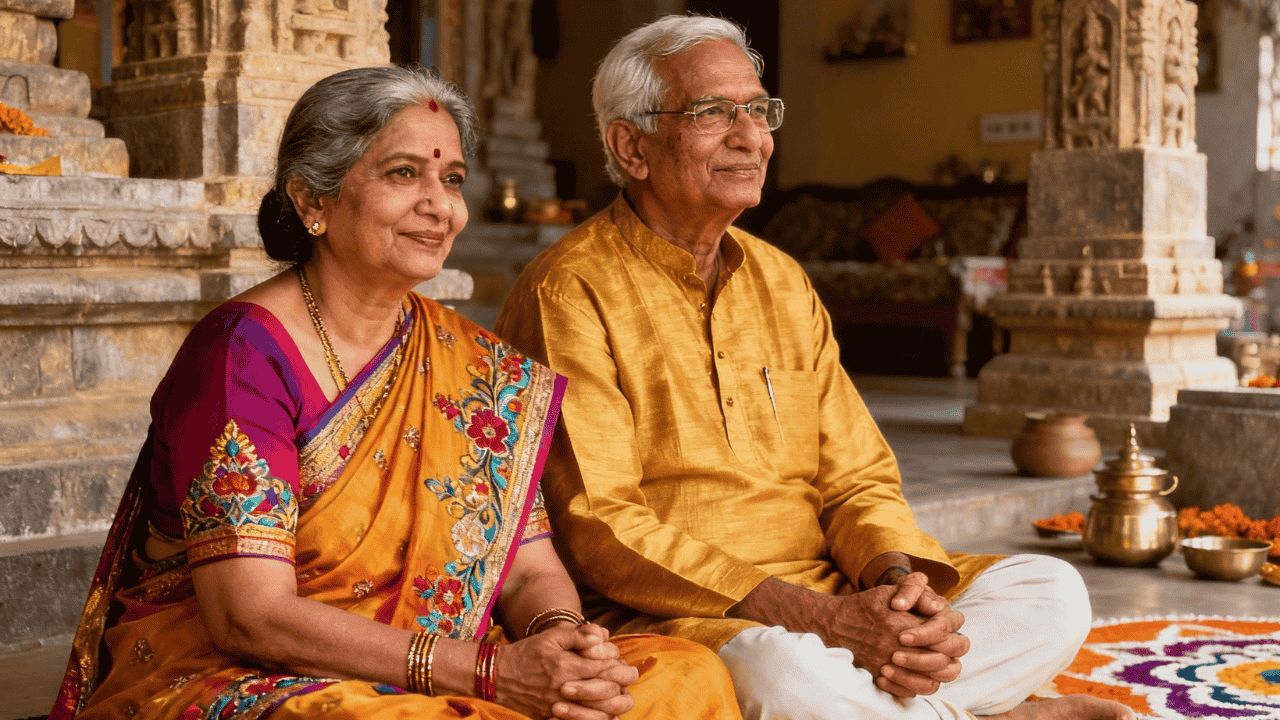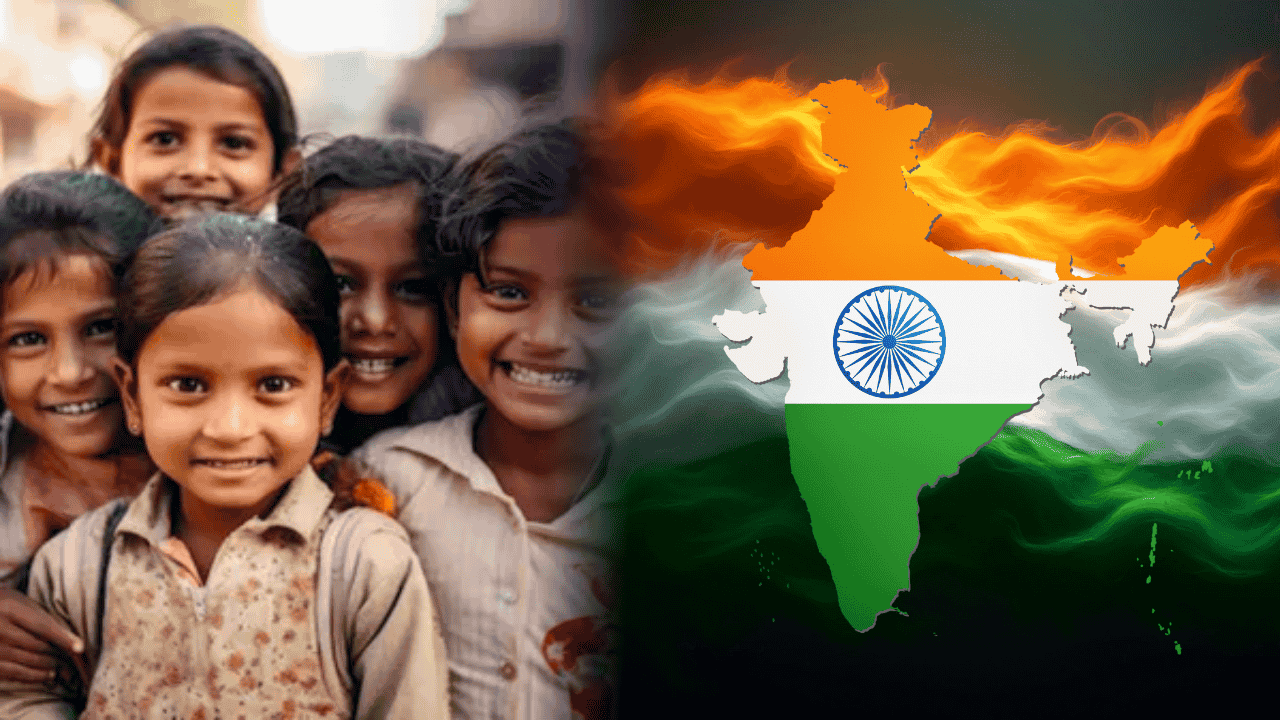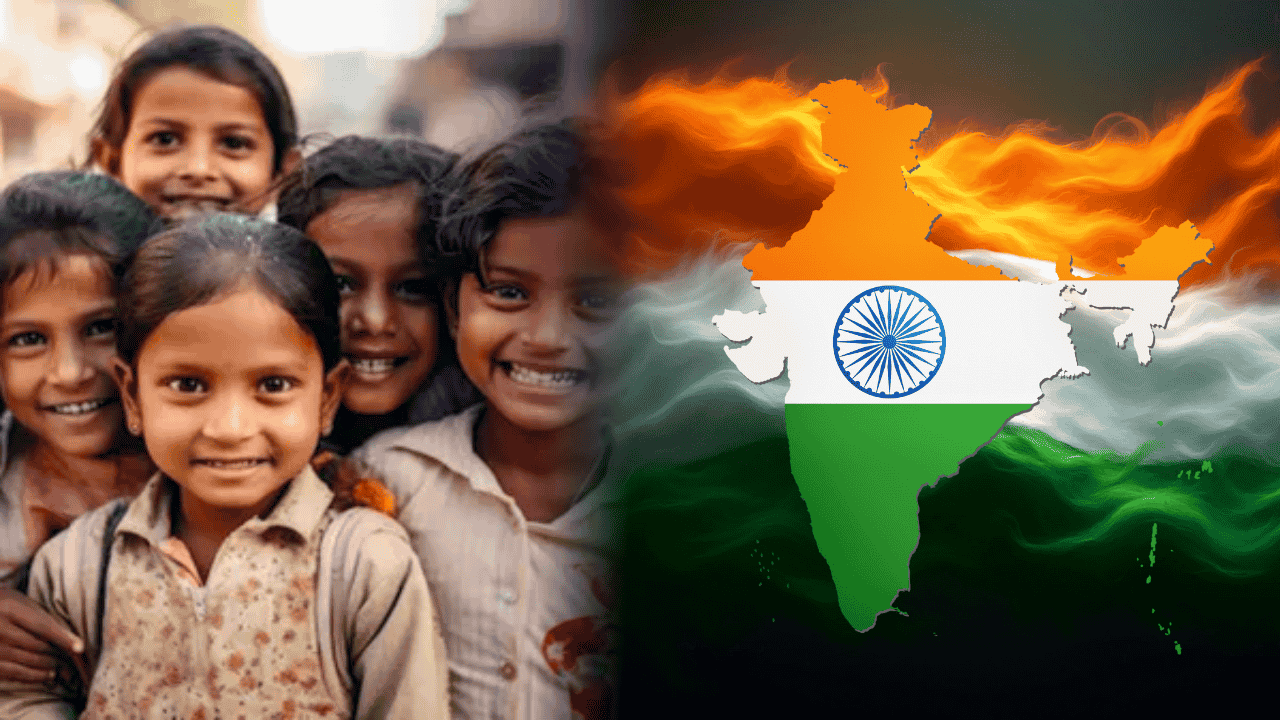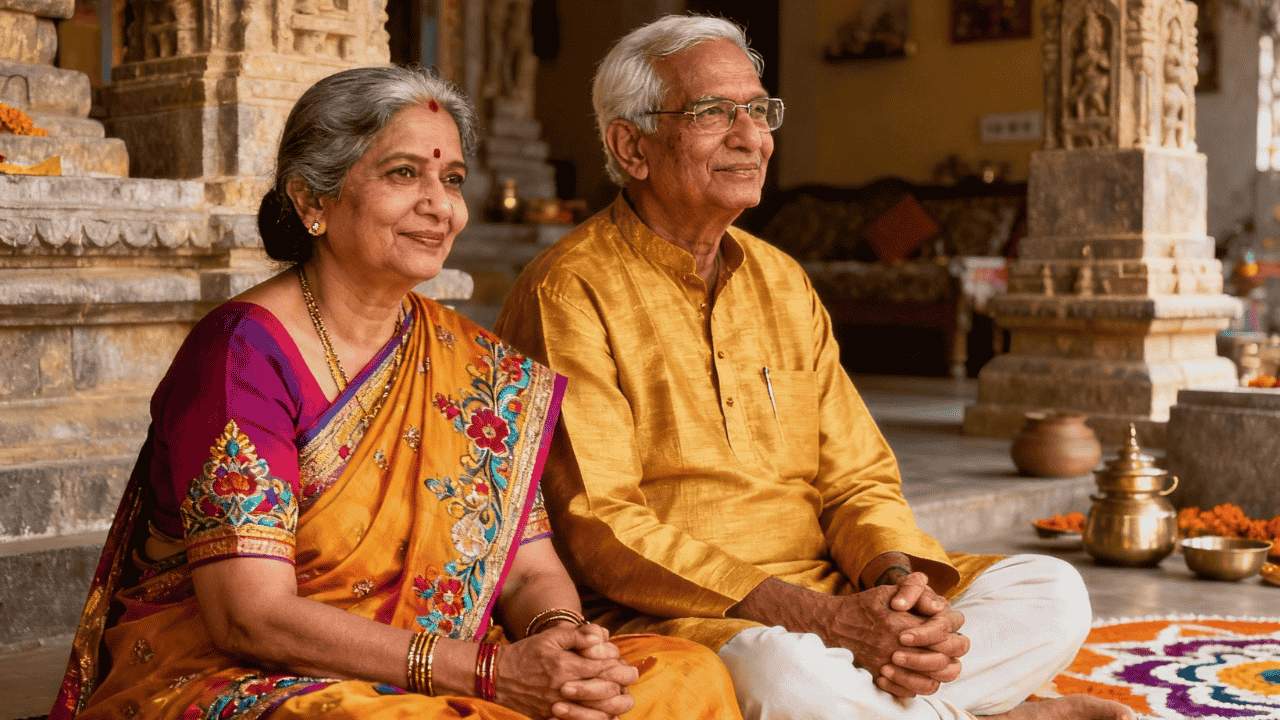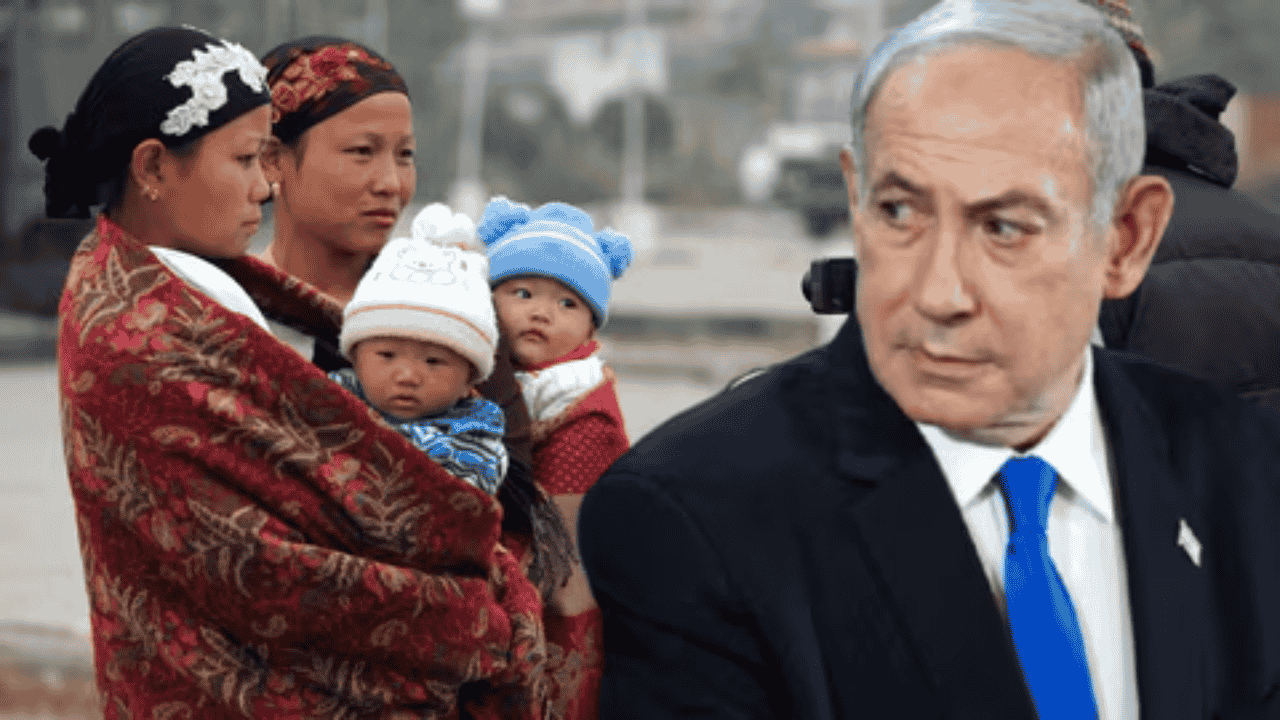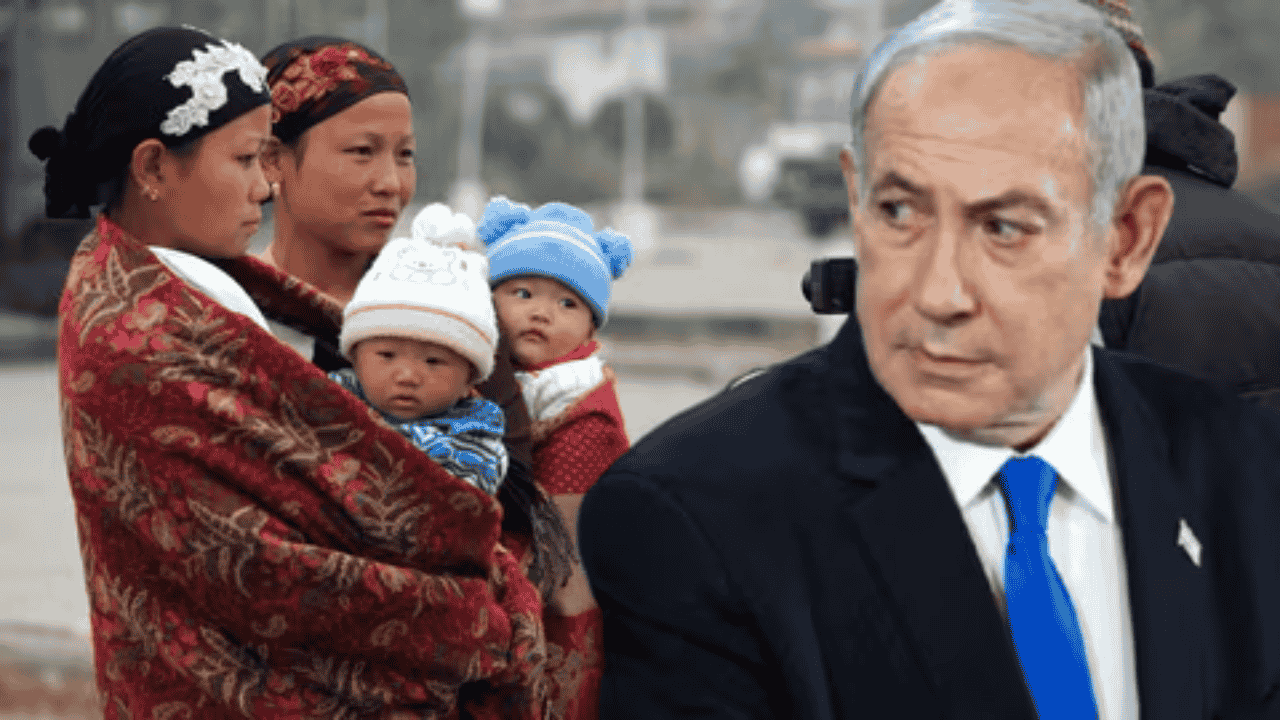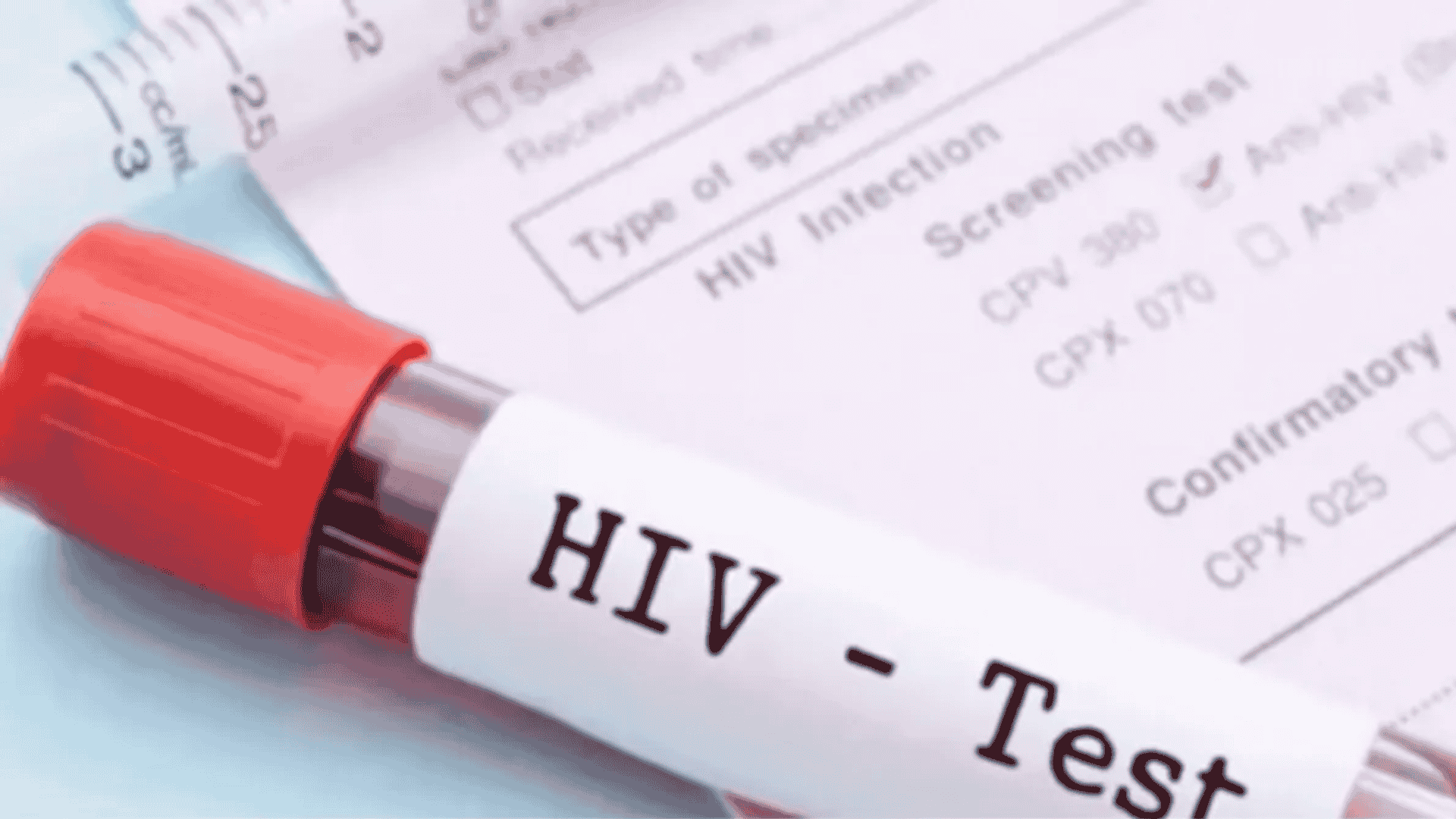International Day of Older Persons 2025: Current Affairs Update for UPSC & Competitive Exams
The International Day of Older Persons, observed globally on October 1, 2025, represents a crucial current affairs topic for UPSC and competitive exam aspirants. This year's observance carries particular significance as the world grapples with unprecedented demographic shifts and aging populations.
Key Facts About International Day of Older Persons
Establishment and Foundation:
Date of Observance: October 1 (annually since 1991)
Established: December 14, 1990, by UN General Assembly Resolution 45/106
First Celebrated: October 1, 1991
Objective: Promote rights, dignity, and well-being of older persons globally
2025 Theme and Global Focus
The 2025 theme is "Older Persons Driving Local and Global Action: Our Aspirations, Our Well-Being and Our Rights". This theme emphasizes that older persons are not passive recipients of care but active drivers of social, economic, and cultural progress. The focus areas include:
Health Equity: Strengthening healthcare systems through experience
Financial Well-Being: Promoting intergenerational stability
Community Resilience: Acting as pillars during crises
Human Rights Advocacy: Championing dignity and inclusiveness
Global Demographic Trends
Worldwide Statistics:
Current Global Population (60+): 771 million as of 2024
Projected Growth by 2050: 1.6 billion (doubling current numbers)
Fastest Growing Segment: People aged 80+ years
Gender Distribution: Women comprise 54% of those aged 60+
The proportion of global population aged 60+ is projected to reach 16.4% by 2030 (SDG target date) and 21.3% by 2050.
India's Demographic Landscape
Current Indian Scenario:
Present Elderly Population: 149 million (10.5% of total population)
Growth Rate: Currently at 41% decadal growth
2050 Projections: 347 million elderly (19.5% of population)
Critical Milestone: By 2046, elderly may outnumber children (0-15 years)
Regional Variations in India:
Oldest States: Kerala (26.1%), Tamil Nadu (20.5%), Himachal Pradesh (19.6%)
Old Age Dependency Ratio: Projected to increase from 14.2% (2011) to 20.1% (2031)
Challenges Facing India's Elderly Population
Economic Vulnerabilities:
Pension Coverage: Only 29% receive pensions
Poverty Statistics: Over 40% in poorest wealth quintile
Income Security: 18.7% living without any income
Healthcare Gaps:
Chronic Conditions: 50% suffer from hypertension, 43% from diabetes
Healthcare Infrastructure: Only 270 trained geriatricians for 140 million elderly
Insurance Coverage: PMJAY reaches only 25% of seniors
Government Policies and Initiatives
National Policy Framework:
National Policy on Older Persons (1999): First comprehensive policy framework
National Policy for Senior Citizens (2011): Updated framework with enhanced provisions
Nodal Ministry: Ministry of Social Justice and Empowerment
Key Government Schemes:
Indira Gandhi National Old Age Pension Scheme (IGNOAPS)
Rashtriya Vayoshri Yojana: Assistive devices for BPL elderly
Elderline (14567): National helpline for senior citizens
SAGE Initiative: Supporting innovative startups for elderly care
National Action Plan for Senior Citizens (NAPSrC)
Recent Development (2025):
The Ministry of Social Justice and Empowerment celebrated International Day of Older Persons 2025 with focus on "Ageing with Dignity," launching new MoUs between Defence Ministry, TCIL, and Birla Open Minds Foundation.
International Framework and SDG Connection
UN Policy Framework:
Madrid International Plan of Action on Ageing (2002): Cornerstone of global aging policies
Human Rights Development: April 2025 - Human Rights Council resolution 58/13 supported by 81 member states
SDG Alignment:
SDG Goal 3 (Good Health and Well-being) directly relates to aging populations, targeting universal health coverage and equitable healthcare access. The UN Decade of Healthy Ageing (2021-2030) specifically connects healthy aging goals with 11 SDGs.
Examination Relevance for Competitive Exams
UPSC Prelims Focus Areas:
UN Resolution numbers and dates
Government schemes and implementing ministries
Statistical data on demographic transitions
International policy frameworks
UPSC Mains Applications:
General Studies Paper II: Government policies and welfare schemes
General Studies Paper I: Population dynamics and social issues
Essay Paper: Demographic dividend and aging society challenges
Important Facts to Remember:
UN Resolution: 45/106 (1990)
Implementing Ministry: Social Justice and Empowerment
Policy Timeline: NPOP (1999) → NPSC (2011) → NAPSrC (ongoing)
Demographic Transition: 10.5% (current) → 19.5% (2050 projection)
Why This Matters for Your Exam Preparation
This topic intersects multiple dimensions crucial for competitive examinations. For UPSC aspirants, understanding demographic transitions helps analyze India's development challenges and policy responses. The intersection of international frameworks (UN resolutions, SDGs) with domestic policies (NPSC 2011, various schemes) demonstrates India's commitment to global development goals.
For current affairs preparation, this topic connects with broader themes of social justice, healthcare policy, and demographic dividend. The statistical projections and policy frameworks provide concrete data points essential for both prelims and mains preparation.
The 2025 theme's emphasis on older persons as "drivers of action" rather than passive beneficiaries reflects evolving policy perspectives that align with contemporary governance approaches - a key insight for administrative and policy-related questions in competitive examinations.
Regular updates on demographic policies, scheme implementations, and international commitments related to aging populations will remain relevant throughout your preparation cycle, making this a foundational topic for comprehensive current affairs coverage.

